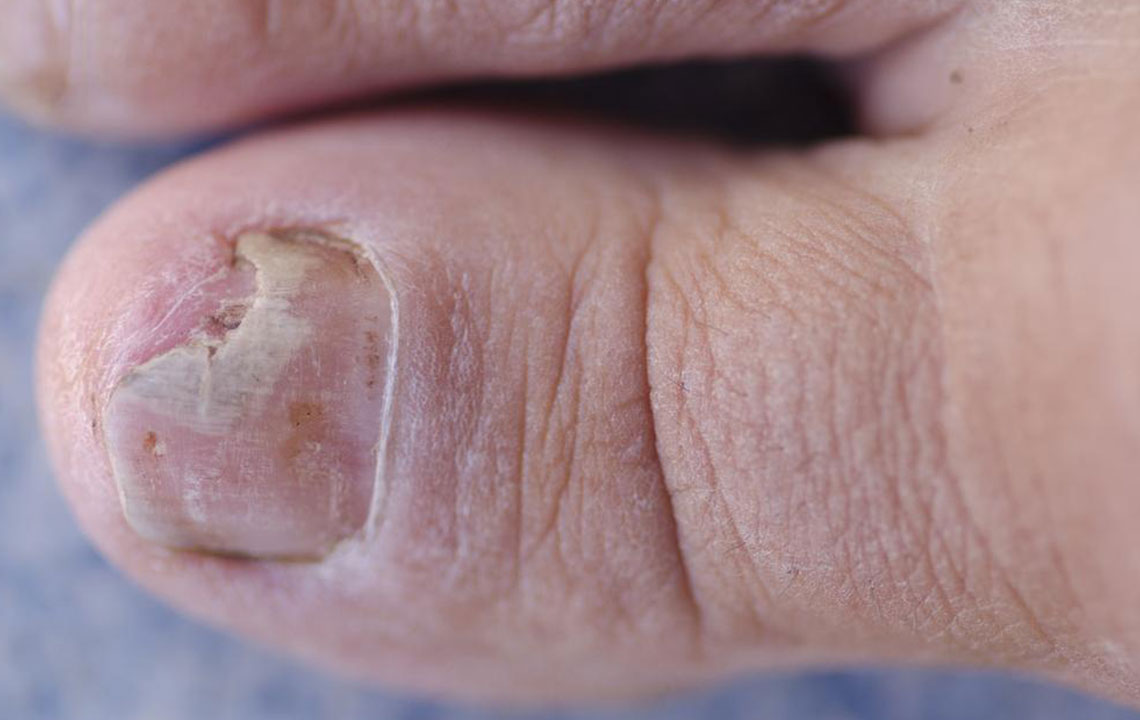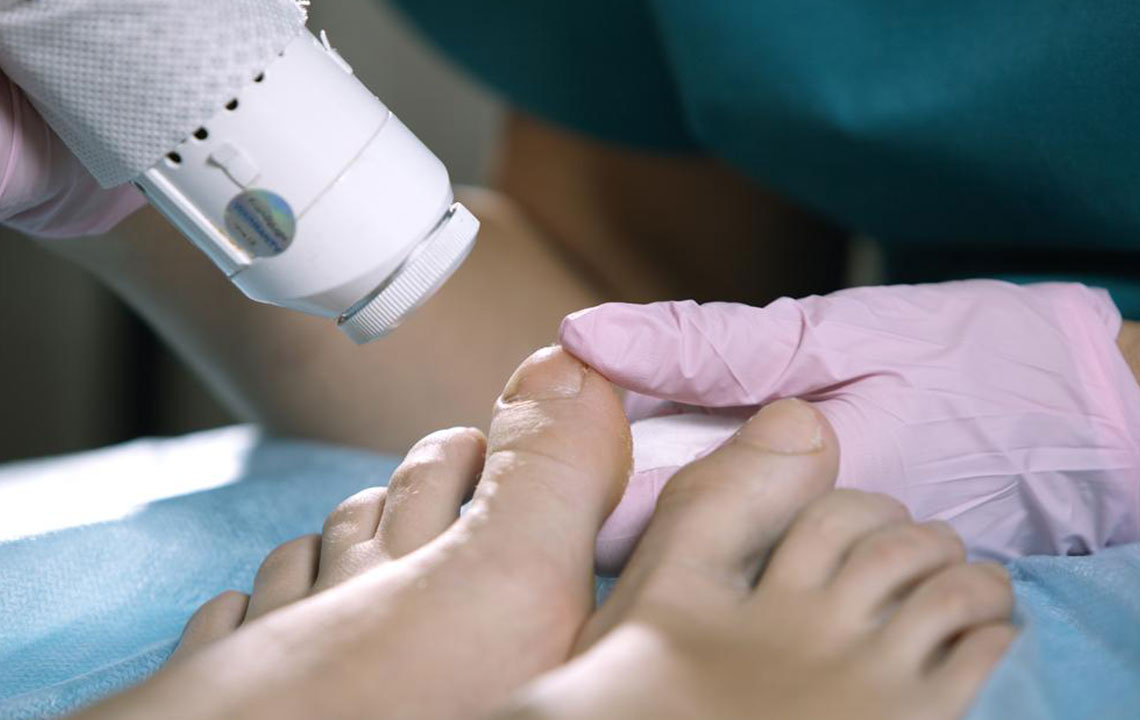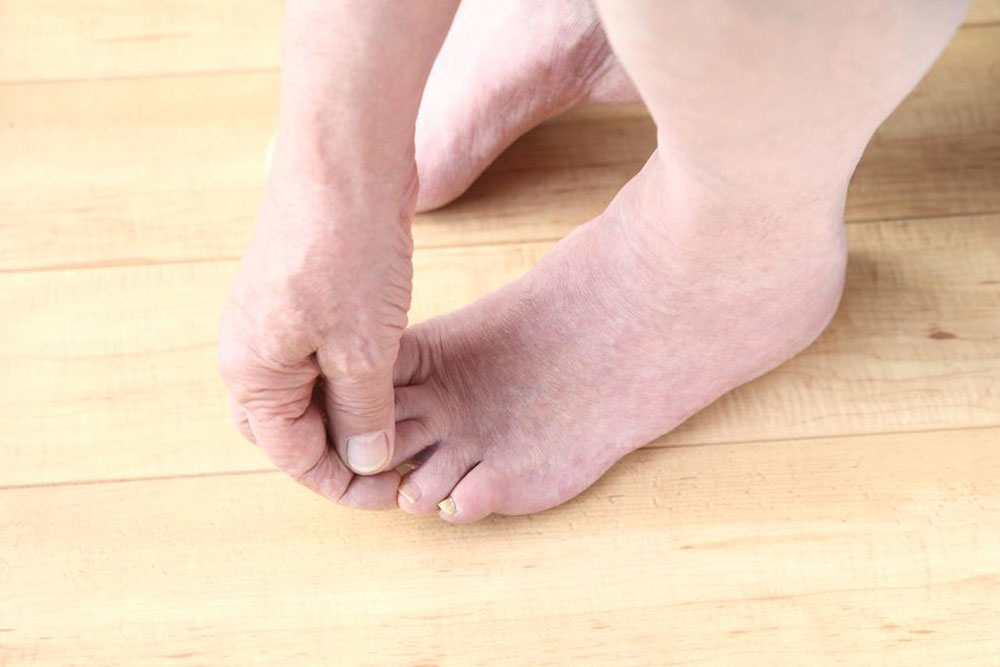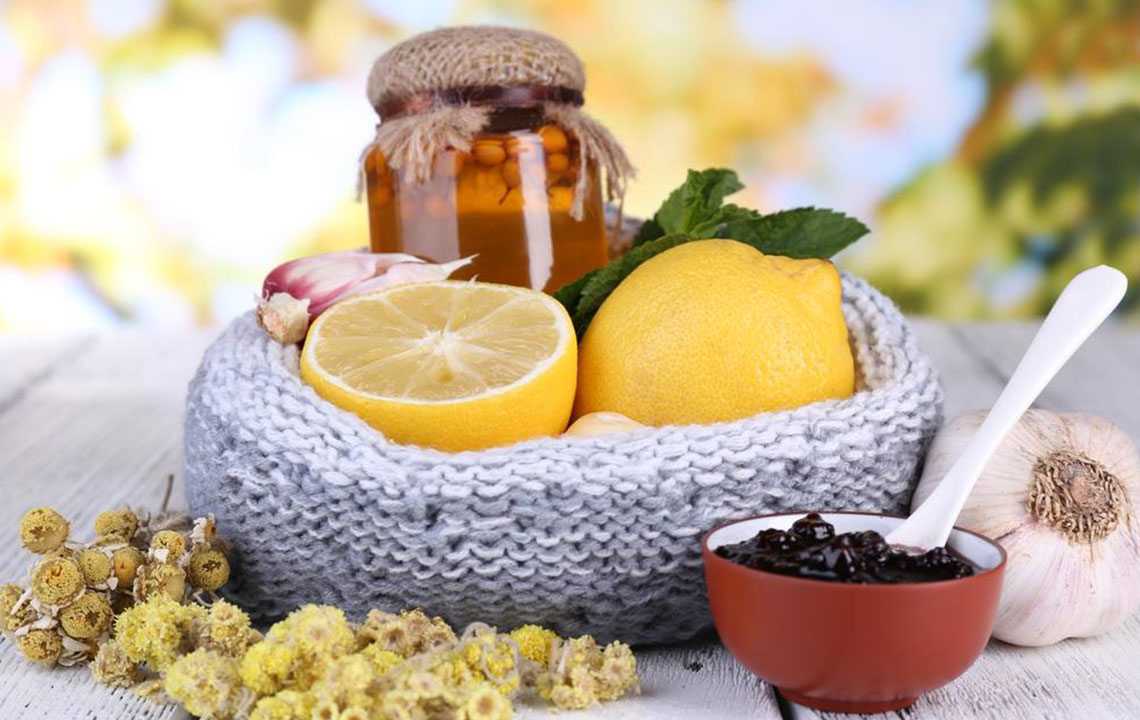Effective Strategies to Cure Toenail Fungal Infections
Learn effective methods to treat toenail fungal infections, including signs, prevention tips, and natural remedies. Proper care, early intervention, and hygiene are key to preventing serious complications. Seek medical advice, especially if you have underlying health conditions like diabetes, to ensure safe and successful treatment.

Effective Strategies to Cure Toenail Fungal Infections
Treating Toenail Fungal Infections
Toenail fungal infections affect approximately 1 in 20 individuals worldwide. The initial sign is a discolored nail, often displaying white or yellowish hues beneath the nail tips. As the infection progresses, the nail becomes increasingly yellow, edges thicken, and the enamel may crack or break. Severe cases can cause discomfort, necessitating medical intervention. Despite home remedies, fungal infections can recur. Prompt treatment is essential, especially for those with underlying health conditions like diabetes.
Signs of Toenail Fungus
Thickened nail edges
Foul odor from the nails
Darkening of the nail due to fungal growth
Deformed nails
Cracked or broken nail enamel
If you have diabetes and notice symptoms, consult a healthcare professional for prescribed treatment options.
Toenail infections typically result from dermatophyte fungi but can involve yeast and molds, often influenced by environmental factors. Age, circulation issues, and foot hygiene also contribute. Conditions like athlete’s foot can spread to toenails, leading to fungal growth. Infections are generally not contagious but may become painful, disfiguring, and cause further health complications in diabetics. Excessive foot sweating and previous skin injuries increase risk. Older adults are more prone, especially with prior foot conditions. Proper hygiene, footwear, and prompt treatment can prevent worsening.
The infection can sometimes evolve from minor skin issues or moisture exposure and may lead to nail damage if left untreated. It’s important to maintain good foot hygiene, avoid damp environments, and seek medical advice if symptoms worsen.
Preventive Measures:
Trim nails regularly and smooth edges with proper pedicure techniques
Use moisturizing creams for the nails and surrounding skin
Wear shoes with good air circulation
Opt for moisture-absorbing socks that fit well
Apply antifungal powders or disinfectants to footwear regularly
Neglecting toenail health can lead to splitting, crumbling nails, and further complications.
Natural Remedies:
Baking soda soaks — Mix 4 cups hot water, half a cup baking soda, a quarter cup 3% hydrogen peroxide, and half a cup Epsom salt. After stirring, add a quarter cup white vinegar and soak nails for 30 minutes daily for a week to observe improvement.
Tea tree oil — Combine a few drops with coconut or olive oil. Apply with a cotton ball on affected nails for 10 minutes, then gently scrub. Repeat daily for a week to reduce infection.
Apple cider vinegar — Soak your feet in a mixture of vinegar and warm water for 30 minutes daily to inhibit fungal growth.
White vinegar — Helps restore skin’s pH balance, supporting fungal treatment.
Note: Our content offers helpful insights but should not replace professional medical advice. Always consult healthcare providers for persistent or severe infections. The website is not responsible for discrepancies or unlisted treatments and products.










